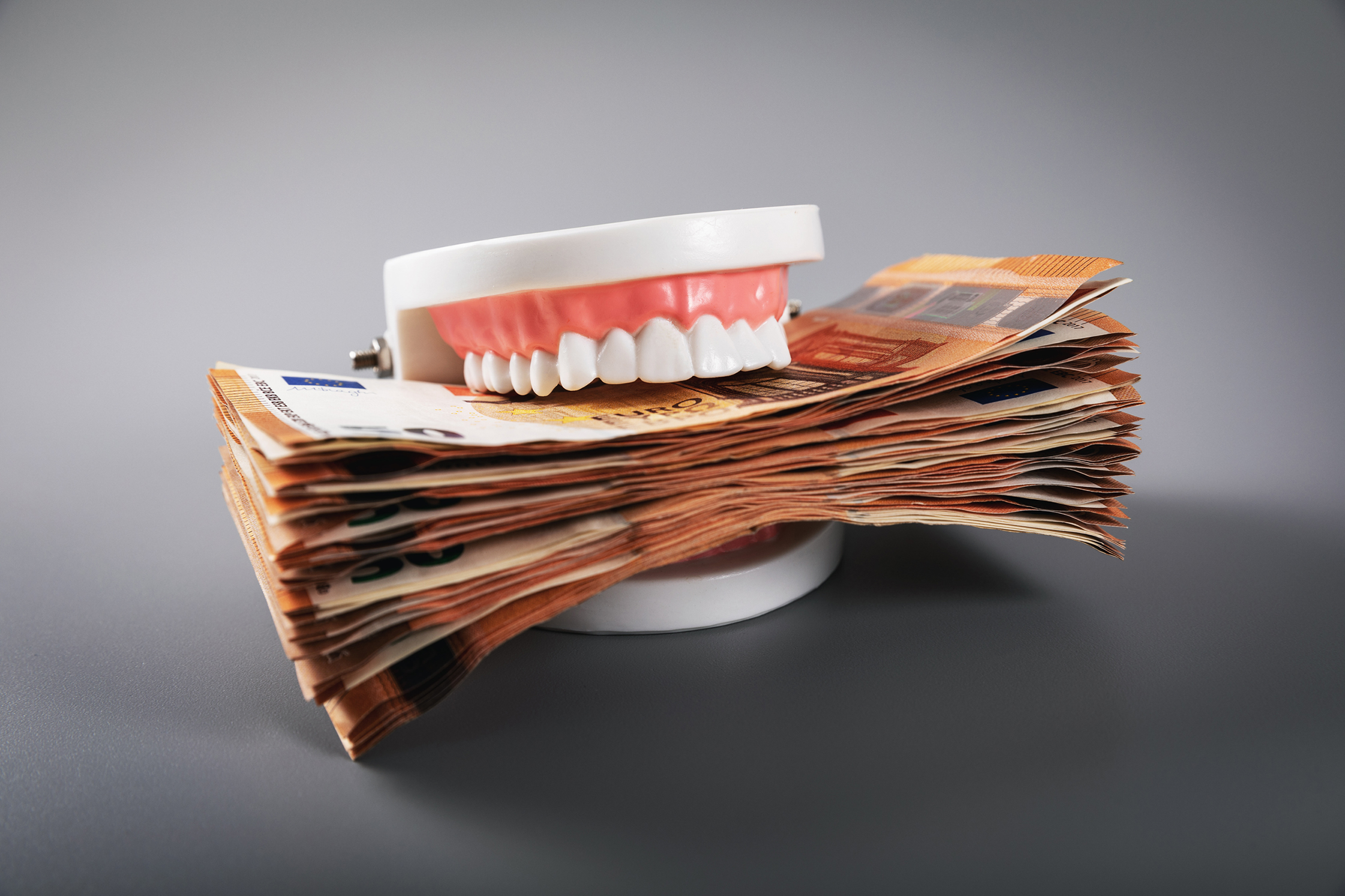Do you want to start your own practice, take over an existing one, or do you prefer working in a joint practice? If you do not want to be an employee, self-employment is the way to go. However, you will need to make a rather high investment to start your business. What options are available and what are the costs of a dental practice?
What options do I have as a dentist?
Dentistry graduates can take different career paths when entering the professional world. Being employed in a practice is the most cost-effective option. For those, however, who want to become self-employed, there are many different options. The step towards self-employment can of course also be taken after many years of employment. The first question is: which type of practice? A solo practice, where you make decisions on your own, or a group practice, in which all practice partners share the turnover as well as the patient base?
In 2019, 1,376 dentists became self-employed in Germany. At 67%, the majority opted for taking over a single practice, for example when the resident dentist retired. The advantage is that you can use the existing patient base and basic equipment. 26% of dentists, on the other hand, opted for a group practice. You might start one yourself, take over an existing one, or join an existing group practice.
The average costs of a dental practice in 2019
Of course, there are no exact figures, as costs vary from practice to practice. The following figures are therefore average values that can be used as a rough guide. Before you start your own business, you should calculate the costs of the dental practice. These include fixed and variable costs (both one-time and ongoing). To get started, you first need a patient base, staff, technical and medical equipment, and, of course, premises for the practice.
Running costs also include material costs, insurance, and taxes as well as ancillary costs for waste disposal, electricity, water, and heating. You also need to think about annual training opportunities for your practice team (keyword: “continuing education credits”). Personnel costs and rent can vary greatly. Personnel costs depend on how many staff you have and whether you employ another dentist. Rent, on the other hand, depends on the location and size of the practice as well as the duration of the lease. A longer contract period often results in cheaper monthly payments. In addition, equipment must be regularly replaced and you will need appropriate practice software.
Therefore, the costliest option for self-employment as a dentist is to start a new practice. In 2019, the total average investment per practice amounted to €557,000. On the other hand, dentists spent €410,000 on average to take over an existing practice. For new start-ups, the main investment includes equipment, interior fittings, and other facilities. For takeovers, these costs are lower, but you will need to pay a takeover price which consists of a non-material and material value. In 2019, the average takeover price per practice amounted to about €176,000. It is more cost-effective to join a group practice. In summary: A start-up costs an average of €511,000, a takeover €341,000, and joining an existing group practice costs €321,000.
Regardless of your choice, such significant investments cannot be accomplished without help. A thorough calculation and a loan from your bank of trust are indispensable. Once all open questions have been resolved and the plan for your dental practice has been drawn up, nothing stands in your way of becoming a self-employed dentist.
Source (German only): IDZ – Institut der Deutschen Zahnärzte: “Investitionen bei der zahnärztlichen Existenzgründung 2019 (InvestMonitor Zahnarztpraxis)”
